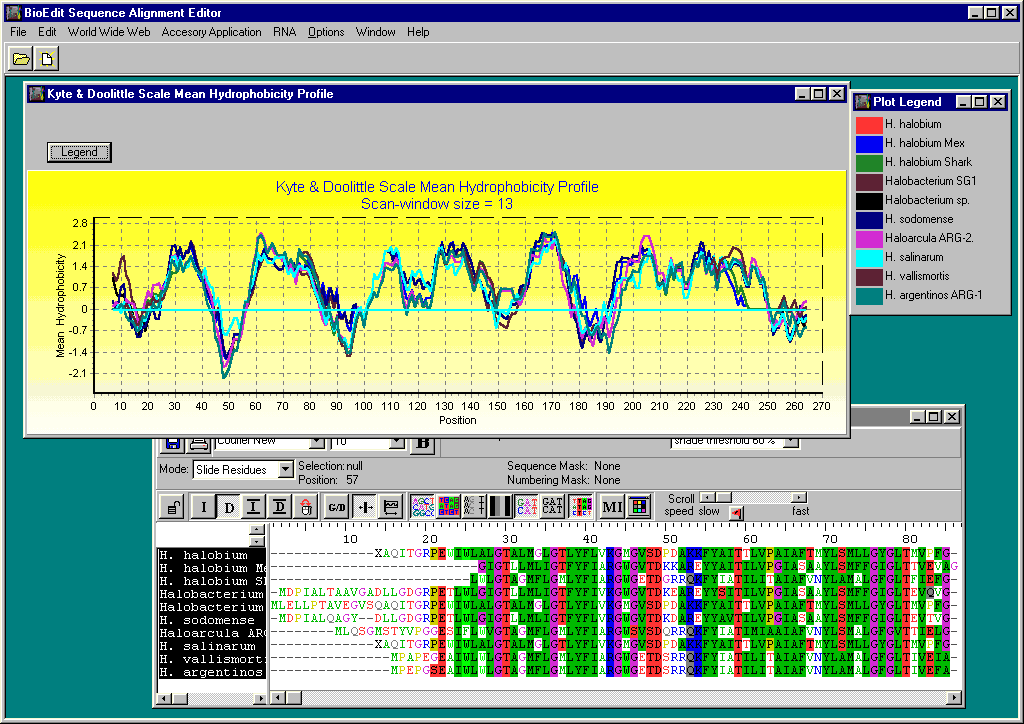
HOW TO TRIM A SEQUENCE IN BIOEDIT SOFTWARE
But the processing of Sanger sequencing often requires the use of cumbersome and/or expensive software that can be difficult to integrate with other packages.

Sanger sequencing is one of the most widely used sequencing methods in the world. But bioinformatic tools for older sequencing methods have not kept pace. Sequencing technology has improved dramatically over the last decade, and new sequencing technologies have been accompanied by a plethora of excellent and interoperable bioinformatic tools. It is released under an MIT licence and available for all platforms on Bioconductor (, last accessed February 22, 2021) and on Github (, last accessed February 22, 2021). sangeranalyseR supports the use of colorblind-friendly palettes for viewing alignments and chromatograms. sangeranalyseR comes with extensive online documentation and outputs aligned and unaligned reads and contigs in FASTA format, along with detailed interactive HTML reports.

Input data can be in either ABIF or FASTA format. sangeranalyseR provides a wide range of options for all steps in Sanger processing pipelines including trimming reads, detecting secondary peaks, viewing chromatograms, detecting indels and stop codons, aligning contigs, estimating phylogenetic trees, and more. It also provides complete flexibility for determining how individual reads and contigs are processed, both at the command-line in R and via interactive Shiny applications.

HOW TO TRIM A SEQUENCE IN BIOEDIT CODE
It allows users to go from loading reads to saving aligned contigs in a few lines of R code by using sensible defaults for most actions. SangeranalyseR is feature-rich, free, and open-source R package for processing Sanger sequencing data.


 0 kommentar(er)
0 kommentar(er)
